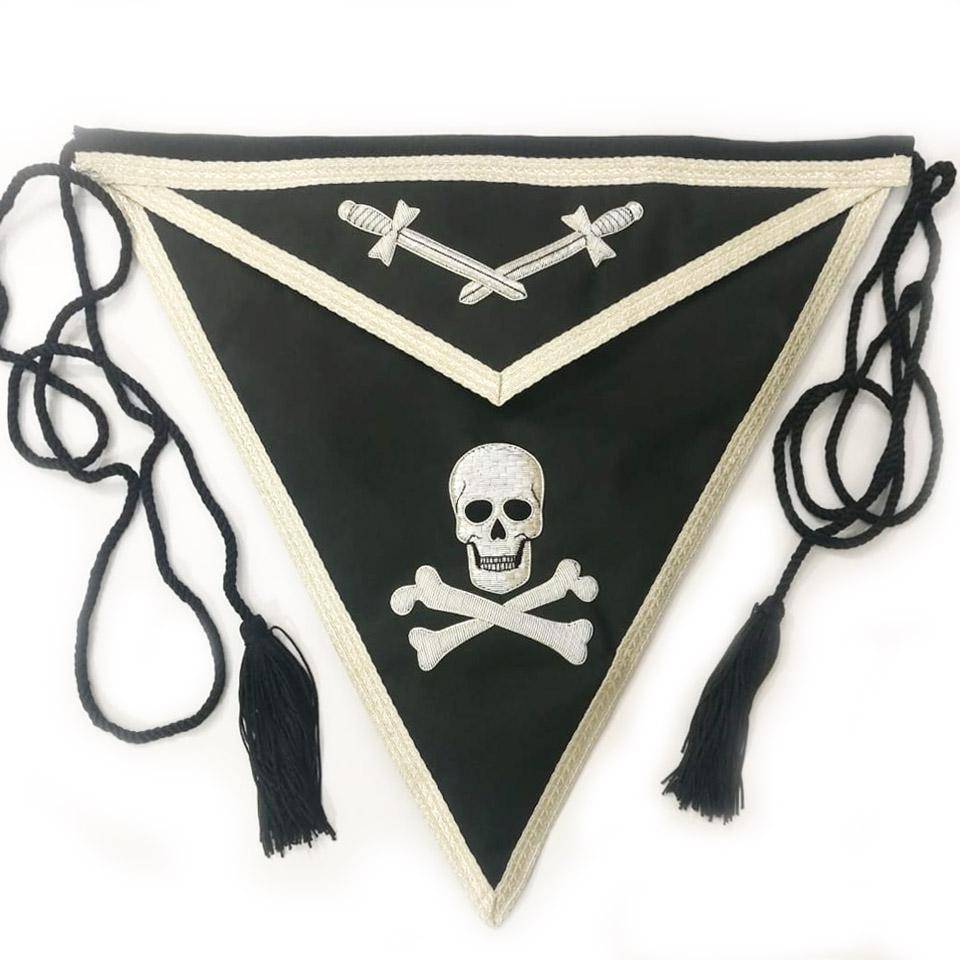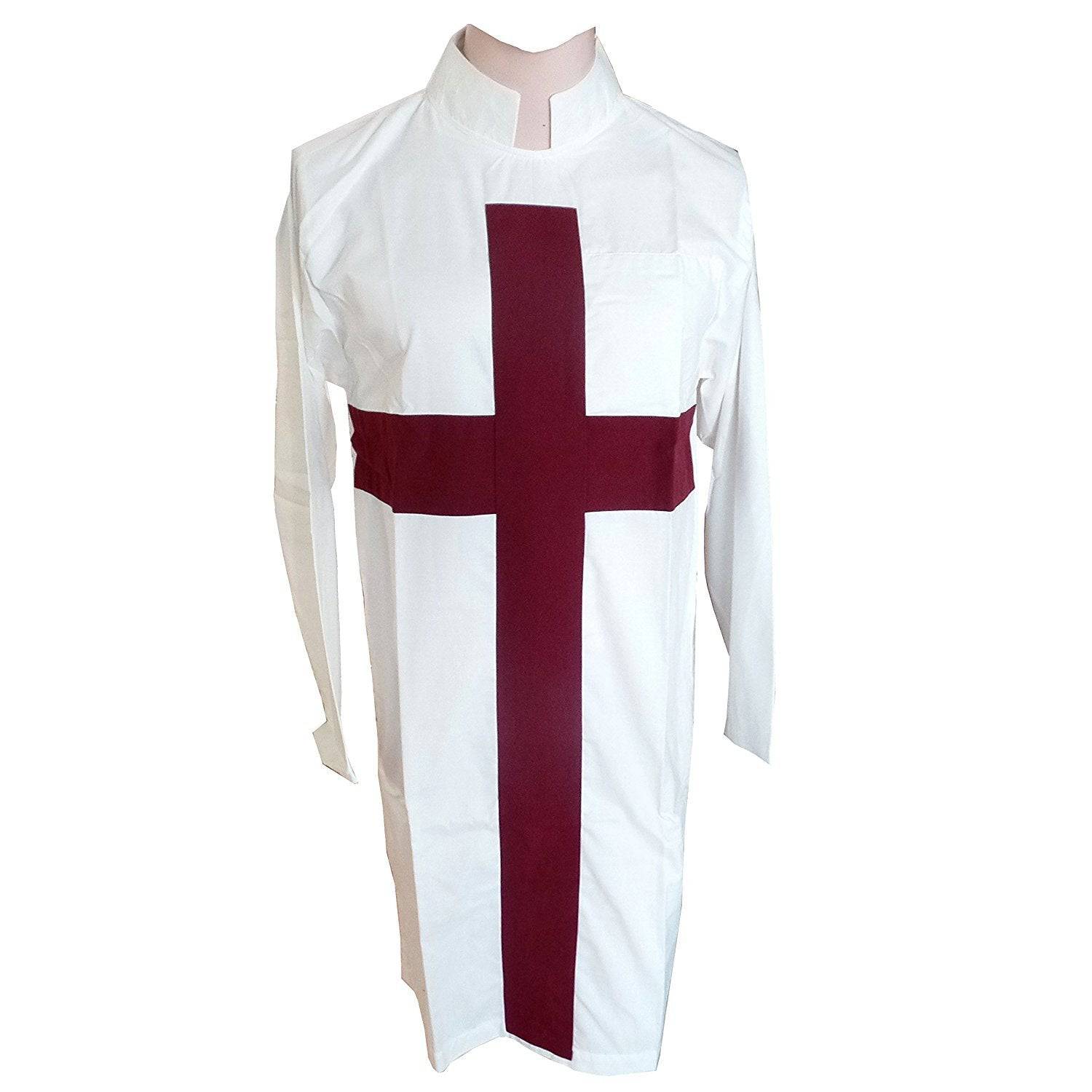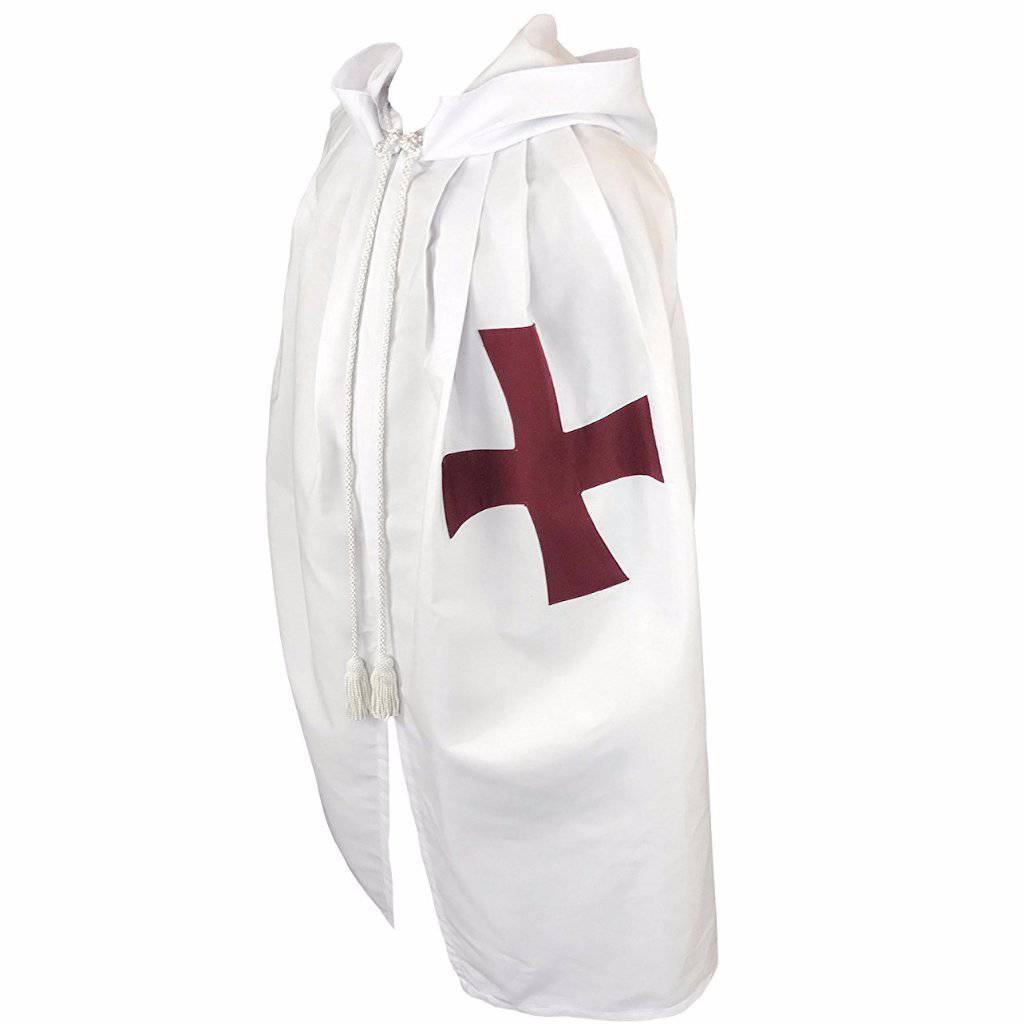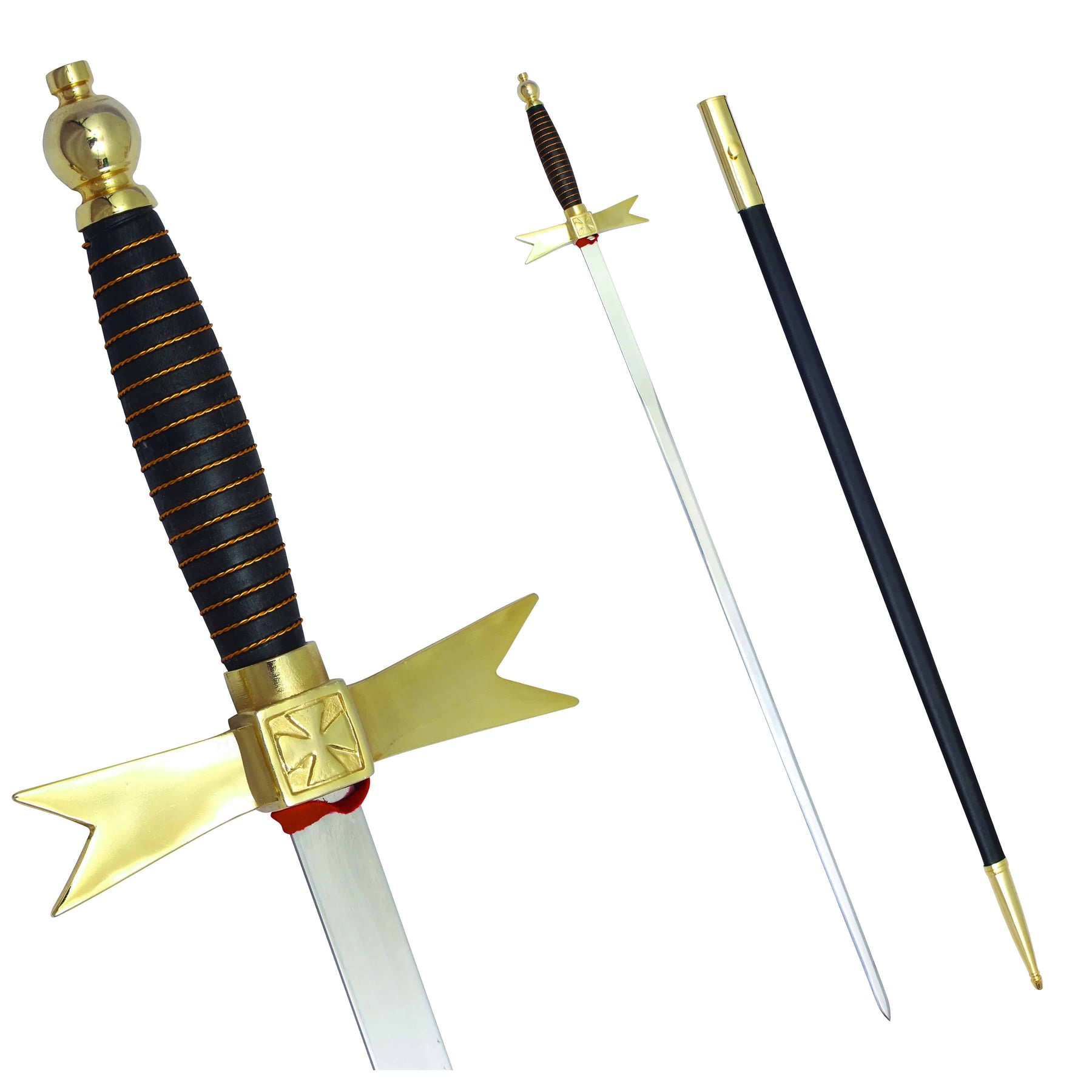Knights Templar and Maritime Exploration: Navigating the Seas of the Medieval World
The Knights Templar, primarily recognized as warriors and protectors of pilgrims during the Crusades, had an often overlooked, yet critical role in maritime exploration and naval prowess. While much of their history is rooted in land-based battles, their influence extended to the seas, where they established strong naval operations that bolstered their economic and military strength. This blog post will dive into the fascinating world of the Templars' maritime activities, uncovering their pivotal role in shaping medieval naval power and trade routes.
The Rise of Templar Naval Power
The origins of the Knights Templar’s connection to the sea began with their expanding influence in the Mediterranean. By the 12th century, the Templars had established a number of coastal fortresses and ports that became central to their operations. These ports served as vital hubs for transporting goods, pilgrims, and soldiers between Europe and the Holy Land.
The Strategic Importance of Coastal Fortresses
One of the key reasons the Templars were able to control significant maritime routes was their ownership of strategic coastal fortresses. These fortifications, such as Acre and Tortosa in the Levant, provided secure points for docking ships, replenishing supplies, and protecting the coast from naval incursions. The Templars’ mastery of both land and sea made them a formidable force in the Mediterranean.
Templar Fleet: Navigating Trade and Pilgrimage Routes
The Templars were not just warriors; they were also skilled sailors. By the 13th century, the Knights Templar had developed one of the largest and most advanced fleets in Europe. They owned a network of ships that facilitated travel and trade across the Mediterranean Sea, allowing them to transport goods such as spices, textiles, and metals, as well as escort Christian pilgrims safely to the Holy Land.
Templar Ships: Building a Fleet of Power
The Templar fleet was known for its robustness and reliability. The ships they employed were built to endure long journeys and rough seas, designed to carry large amounts of cargo, passengers, and even horses for their military campaigns. The Templars also utilized their naval expertise to escort fleets of pilgrims, ensuring safe passage to the Holy Land despite the threats of piracy and Muslim naval forces.
The Templars’ Role in Trade Networks
Apart from their role in military endeavors, the Templars’ maritime activities greatly influenced medieval trade. Their control of ports and sea routes gave them an edge in the international trade of valuable goods, which in turn helped finance their extensive operations. They operated what could be considered one of the first international banking systems, and their ships often carried not only soldiers and supplies but also money and goods that fueled European markets.
Economic Powerhouse: Linking Europe and the Levant
The Templars’ mastery of sea routes enabled them to maintain trade links between Europe and the Levant, particularly between Italy, Spain, and the Crusader States. Goods such as olive oil, wine, wool, and spices flowed freely through Templar-controlled channels, contributing to the prosperity of medieval Europe. Their ships became trusted vessels for merchants and kings alike, securing their position as both military and economic leaders.
Naval Warfare and Military Campaigns
As formidable as they were on land, the Templars were equally skilled in naval warfare. Their fleet was involved in numerous military campaigns, particularly during the Crusades. The Templars’ ships played a crucial role in transporting soldiers to battlefields in the Holy Land and providing naval support in sieges of coastal cities.
The Siege of Acre: A Defining Naval Victory
One of the most significant instances of the Templars’ naval prowess was the Siege of Acre in 1291. Acre, a coastal stronghold of the Templars, was one of the last remaining Crusader cities in the Holy Land. As the Muslim forces closed in, the Templars used their ships to evacuate as many civilians and soldiers as possible while defending the city from the sea. Though the city ultimately fell, the Templars' ability to organize a naval evacuation in the midst of chaos demonstrated their skill and tactical brilliance.
Legends and Theories: The Templars’ Mysterious Ships
The dissolution of the Knights Templar in 1307 by King Philip IV of France left many questions unanswered about their fate, especially regarding their powerful fleet. Some historians and theorists suggest that a portion of the Templars' fleet mysteriously vanished following the order's suppression. This has led to numerous legends, including the idea that the Templars used their ships to flee to distant lands, possibly carrying with them the order's vast treasures.
The Templar Treasure and Maritime Escape
The myth of the Templar treasure is one of the most enduring legends surrounding the order. According to some theories, the Templar fleet was used to smuggle their riches out of France, possibly to Scotland or even the New World. While there is no concrete evidence to support these claims, the mystery surrounding the fate of the Templar fleet continues to captivate historians and treasure hunters alike.
The Templar Fleet's Influence on Later Maritime Ventures
Though the Templars were disbanded, their maritime legacy lived on. Their knowledge of shipbuilding, navigation, and naval strategy influenced later European powers, particularly during the Age of Exploration. Some historians argue that the Templars’ advanced knowledge of sea routes and their financial backing may have even contributed to the eventual voyages of explorers like Christopher Columbus.
A Legacy Beyond the Crusades
While their military achievements on land are well-known, the Knights Templar's contributions to medieval maritime exploration and trade have had a lasting impact on European history. Their naval operations, fortified ports, and mastery of sea routes helped lay the foundation for Europe’s expansion into global exploration and trade in the centuries that followed.
Conclusion
The Knights Templar were far more than just warriors of the Crusades; they were navigators, merchants, and protectors of the seas. Their control over strategic ports and their powerful fleet allowed them to influence medieval trade and warfare, leaving an indelible mark on maritime history. Today, their naval legacy remains a subject of fascination and intrigue, reminding us of the multifaceted nature of this legendary order.











